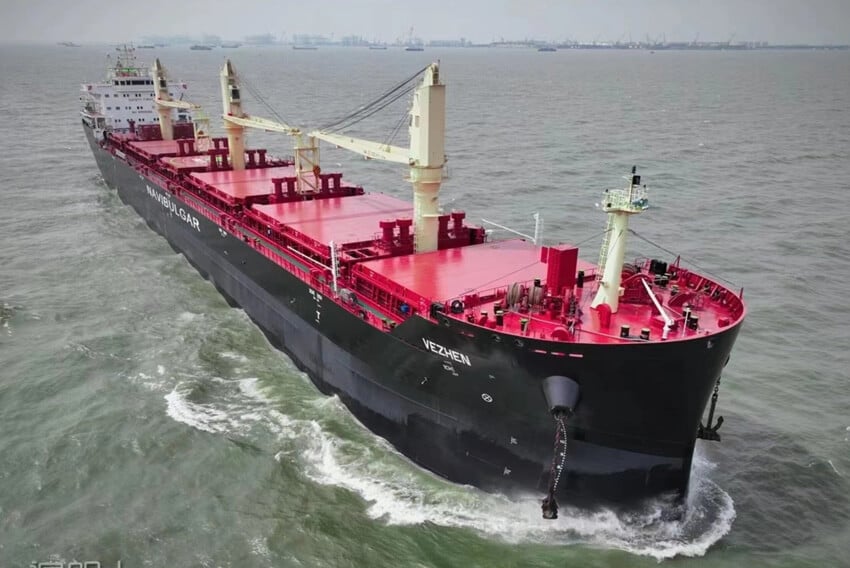Swedish Prosecutor Confirms January Cable Break was Accident by Bulker
Swedish Authorities Conclude Baltic Cable Break Was Accidental

The Swedish Prosecution Authority has officially closed its investigation into a communication cable break in the Baltic Sea, determining it was an accident caused by the vessel Vezhen. The investigation found no evidence of sabotage or criminal intent. The incident, which occurred in January, involved severe weather conditions that contributed to the cable damage.
Investigation Findings and Vessel Details
The bulk carrier Vezhen, weighing 32,196 deadweight tons and built in 2002, departed from Ust-Luga, Russia, on January 24. Just two days later, reports emerged of a cable break south of Gotland, Sweden. Following the incident, Swedish authorities detained the vessel for investigation but released it in early February, concluding that the situation did not amount to gross sabotage. However, they continued to gather evidence to clarify the circumstances surrounding the event.
According to the final report, investigators conducted interviews and analyzed data from the vessel’s Voyage Data Recorder. They also reviewed video footage from the time of the cable break. The findings revealed that on January 25, the Baltic Sea experienced severe weather, including high waves. Public Prosecutor Mats Ljungqvist stated, “The investigation clearly shows that the cable break was caused by a combination of severe weather, technical deficiencies, and suspected inadequate seamanship on the vessel in question.”
Shipowners shortchanged over grain cargoes, says Swedish Club
During the inspection of the Vezhen, it was discovered that the anchor system had three independent safety devices, but two had been malfunctioning for an extended period. The third device failed on the day of the incident, leading to the anchor and chain being released. Although the vessel slowed and turned, the autopilot compensated for the change, and no alarms were triggered. Consequently, the ship continued to move forward with its dragging anchor, ultimately snagging the subsea communication line that connects Sweden and Latvia.
Implications and Ongoing Investigations
District Attorney Mats Ljungqvist confirmed that the investigation ruled out any deliberate wrongdoing, stating that there were no grounds to charge anyone with negligence. This conclusion contrasts with a similar incident that occurred a month earlier when the tanker Eagle S damaged power and communication cables off the coast of Finland. In that case, three officers faced negligence charges, but a court later determined it lacked jurisdiction since the damage occurred in international waters. That case is currently under appeal as prosecutors argue that the crew should have been able to detect and rectify the dragging anchor issue before it caused damage.
While the investigation in Sweden has concluded, the case involving the Vezhen has been handed over to Latvian authorities, who are continuing their investigation into the incident. The Swedish Prosecution Authority has confirmed that they will not pursue any further action regarding the cable break.
